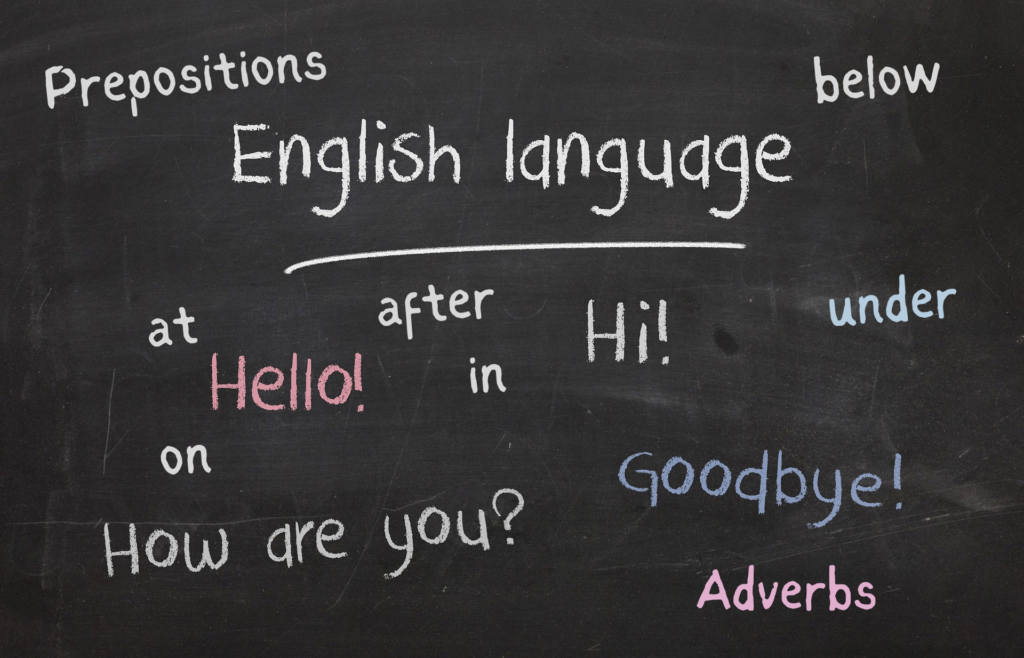Today, we’ll delve into the use of prepositions and adverbs in sentences, exploring their significance and providing examples. We’ll specifically focus on sentences related to positions, existence, or place to enhance your understanding. Let’s dive into the intricacies of language together!
Let’s see examples
- In: She is in the park.
- On: The book is on the table.
- Under: The cat is under the table.
- Above: The bird is flying above the clouds.
- Below: The treasure is below the surface.
- Behind: The car is behind the house.
- Beside: The flowers are beside the vase.
- Between: The sandwich is between two slices of bread.
- Across: She swam across the river.
- Through: The sunlight streams through the window.
- Around: Let’s walk around the neighborhood.
- With: He is studying with his friends.
- Without: I can’t live without you.
- Before: Finish your homework before dinner.
- After: We’ll go for a walk after lunch.

Prepositions, Adverbs in a Sentence with Examples
Structure: There + verb be [is/are] + indefinite noun pron.[subject] + Prep./Adverb + noun
- There are flowers in the garden.
- There are students in the classroom.
- There is a cat on the roof.
- There is a park near the school.
- There are pictures on the wall.
- There is a bakery in the neighborhood.
- There are mountains in the distance.
- There is a river beside the bridge.
- There are guests in the living room.
- There is a bus stop around the corner.
Adverbs of place
Here, I am sharing a list of adverbs commonly used in sentences. It’s essential to read this carefully. You might already be familiar with some of these adverbs.
Adverbs like “above,” “around,” “below,” “down,” “anywhere,” “here,” “there,” “nowhere,” “under,” and “up,” etc. are frequently used in everyday language.
Prepositions
Here, I am introducing some prepositions used in these sentences, aiming to make you familiar with them. If you’re not acquainted with grammar rules, consider reading about parts of speech.
Prepositions such as “at,” “before,” “behind,” “beyond,” “by,” “in,” “on,” “over,” “in front of,” etc., play a crucial role in sentence structure and relationships between elements.
- There is a park in front of the library.
- There is a cat behind the couch.
- There is a bird under the roof.
- There is a picture over the fireplace.
- There is a café by the station.
- There is a store over there.
- Structure: Subject + verb + adverb/ preposition [showing place]
Work for You
Now it’s your turn to implement these types of sentences and continue practicing. Remember, whether you’re speaking or writing, consistent practice is key if you want to speak English fluently. Thanks for reading and happy practicing!



